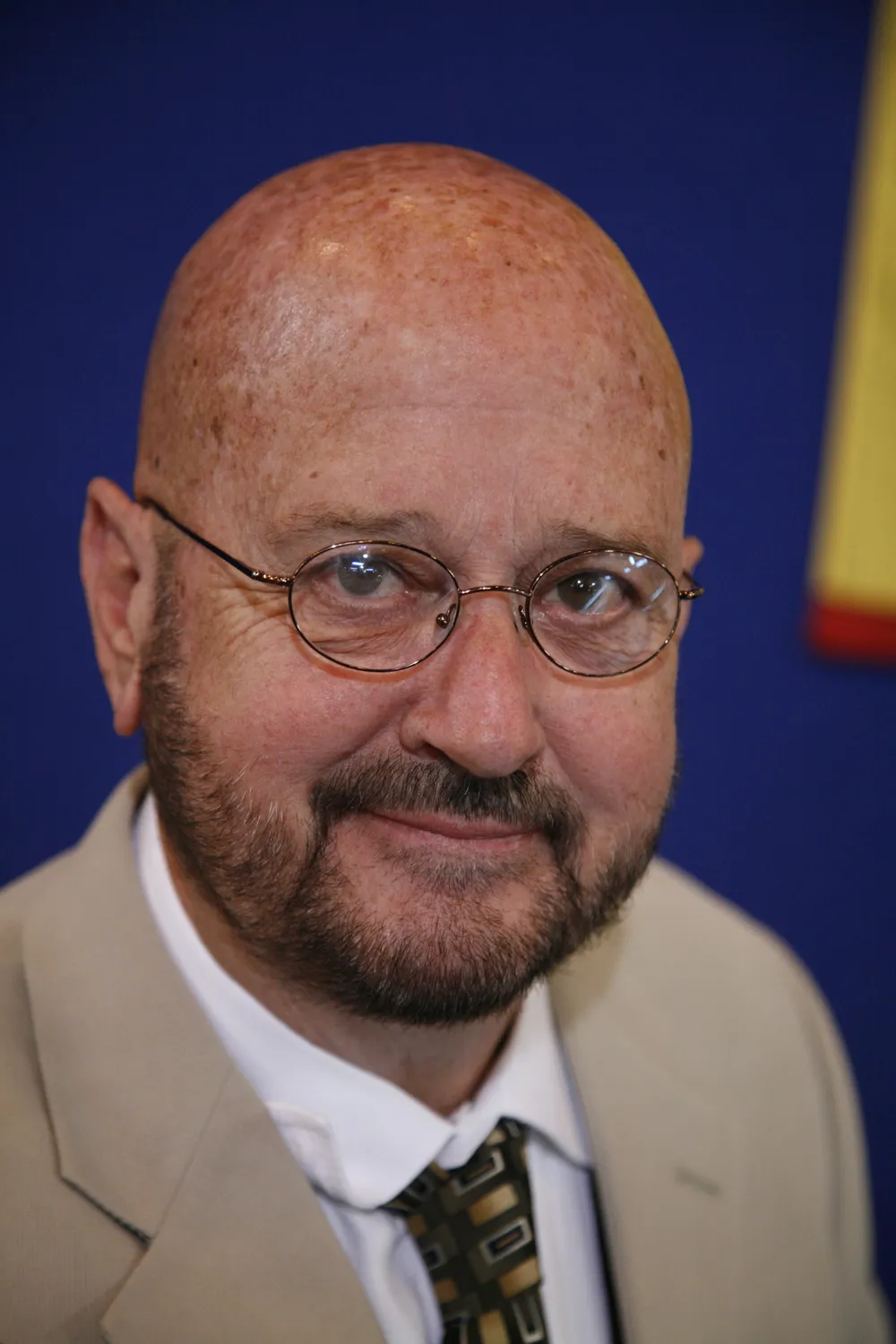APPRAISER: Well, you've brought to this show the most documented early Gold Rush item I've had the privilege to view. How did you acquire it?
GUEST: We received it from neighbors who lived across the street from us in the 1950s. And they were an elderly couple who didn't have any family. And one day the lady across the street brought it over and said she'd like us to have it.
APPRAISER: Well, that's wonderful, because she gave you something awfully nice. And the presentation reads, "Presented to Enoch Gerdst by his fellow citizens of Stockton, October 25, 1855. And in 1855, California was the frontier of the Gold Rush, and Stockton was a port city that fed the field. So what you have here is a very historical, important piece of early California history. And if we stopped right here with the California presentation, you would have a very nice piece. But, as you know, it keeps getting better. We'll turn the cane here a moment. And on this flute it says, "Manufactured out of an original piece of timber of Independence Hall in the city of Philadelphia." They did restoration work to Independence Hall, they removed some timbers and miscellaneous things, and they have documented making these into walking sticks. And this one being one of them. We like that part of the story. And it keeps getting better. The setting is a portion of the bell that first proclaimed by ringing the news of the Declaration of Independence. And the bell is illustrated on the top of the cane, and it reads, "A setting in a portion of the bell "that first proclaimed ringing of the news "of the Declaration of Independence, "proclaimed liberty throughout the land unto all the inhabitants thereof." And this bell is manufactured from a fragment of the bell. They were trying to patch the bell, and they took some metal, several pieces of metal away, and they made this bell out of it and imprinted it on the end of that cane. They also made a few souvenir rings and stuff for city councilmen and dignitaries. The other great thing about all this is you have documentation from the manufacturer in Philadelphia who manufactured the cane in 1855, you have a documented letter from the agent who sold the cane to the citizens who presented it, dated 1855. And in evaluating something of this nature, documentation is a very strong point. It's perfect condition, it's perfect documentation, its got a very high rarity factor. Do you have any idea what the value would be?
GUEST: No, I have absolutely no idea.
APPRAISER: I'll estimate the value at $20,000 to $30,000.
GUEST: Oh, really? My goodness. Well, that was a wonderful gift.
APPRAISER: It was.



